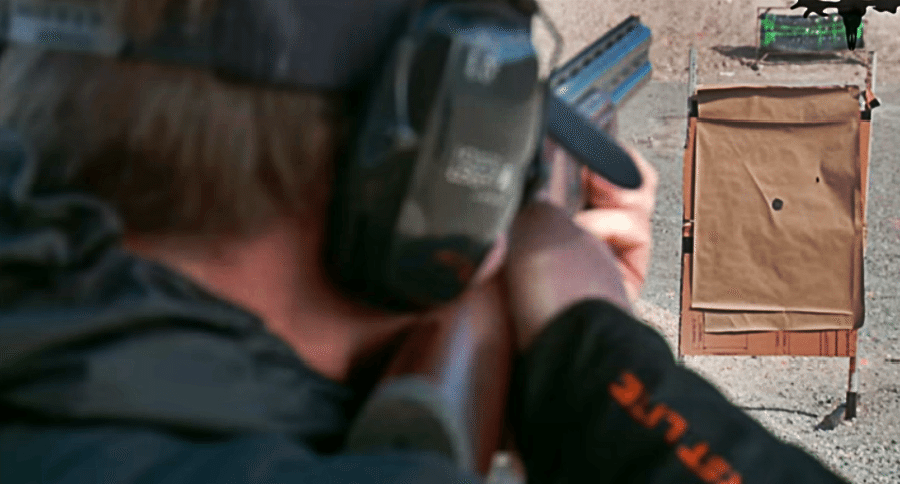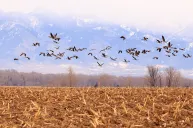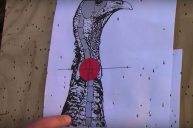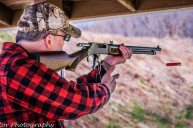Here's a primer on shotgun chokes, followed by another video on how to pattern your shotgun. Good stuff for the beginner or if it's been a while.
Janis Putelis from the MeatEater crew presents a couple of short videos here, where he talks about the various shotgun chokes and patterning your scattergun.
In the first video he explains the five basic types of choke: additions to the barrel that affect the tightness or looseness of the group of pellets as they leave the gun. Moving from the most open or loosest (the cylinder choke) to the most restricted or tightest (the full choke), they go as follows: cylinder, improved cylinder, modified, improved modified, full.
There are a couple of additional chokes that are commonly used—the 'extra full' choke and the turkey choke—which constrict the spread even more. These are primarily used, as you might guess, in turkey hunting, where a very tight pattern is desirable when aiming at a turkey's head.
Additionally, and Putelis doesn't mention these, there are other less common chokes such as the jug choke, diffusion choke, offset choke, and oval choke, but these are specialized chokes not generally used by the hunter.
Next, Putelis patterns his shotgun. By doing this you get a lot of good information that can help you in the field. You will know how your shotgun performs at certain distances, using certain ammunition, and the best choke to install for whatever particular game species or style of hunting you'll be doing.
Basically you set up a large piece of paper, determine the distance you're going to shoot from, record everything (choke, shot size, yardage, steel or lead shot, etc), and take your shot. Then you examine the shot on the paper, determine where the bulk of the pellets landed, draw a circle around them and count the pellet holes in that circle.
Putelis makes his first shot with an improved cylinder choke and, after examining the paper, determines that he has too many open spots where no pellets hit. He wants to tighten things up a bit, so he moves one step to a more restricted modified choke.
He did get more shot in the 30-inch circle the second time, which is what he was looking for.
This is just a demonstration to give you an idea of how the process works. If he was really patterning his shotgun he would continue this process with different chokes, different loads, different distances and so on.
The point is, the kind of information you get from patterning your gun is invaluable. It lets you know where and how you're shooting, and can give you confidence when in the field.
Like what you see here? You can read more great articles by David Smith at his Facebook page, Stumpjack Outdoors.
NEXT: Shotgun Trick Shots: Now That's Some Mighty Fine Shooting!




